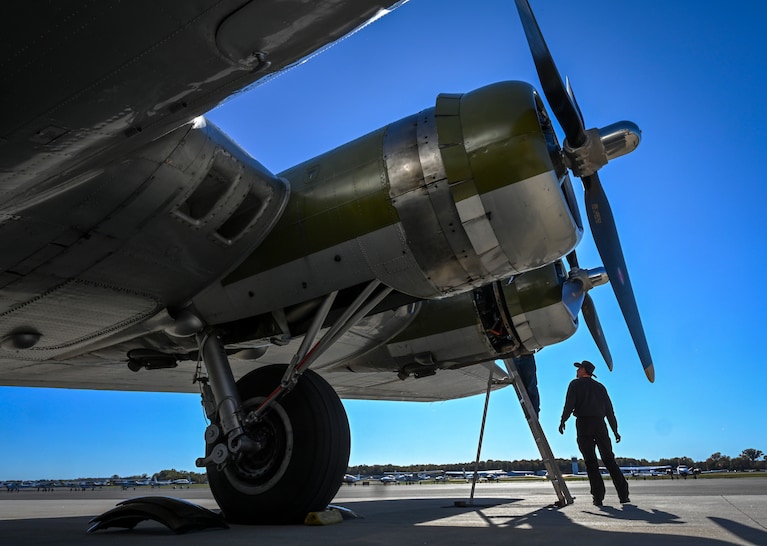- Thread starter
- #41
P36 and P40 4 50's with 200 rpg, back armor and self sealing tanks.
That would be roughly standard of P-40D - about 8100 lbs with all 3 tanks full? Or, a P-40C with two outboard LMGs replaced with one HMG - ~8050 lbs with max fuel (819 lbs = 136.5 US gals). Remove V-1710 + cooling system = 1550 lbs less; install 2-speed supercharged R-1830 = 1480 lbs more. Weight reduction = 70 lbs, or less than 1%, with drag increase of 10%? Drag increase = worse mileage (and obviously less speed).
Alternate to P38, that's easy for me, no secret I'm a fan of the Grumman F5F. Build it instead of the Wildcat.
Long nose and long engine nacelles 4 50's 400 rpg with 279 gallons of fuel comes in at 10,900. Add turbo chargers 500 pounds
Add 150 pounds of armor
Add 150 pounds for self sealing tanks. Lowering fuel down to 250 gallons
Weight is now 11,700
Add a 75 gallon tank to each outer wing, weight comes up to 12,000, fuel brings weight up to 12,900.
That's 400 gallons of fuel and it weighs 1,500 pounds less than an early P38 with 300 gallons.
Speed should be same as early P38 but with better climb, better dive and more maneuverable(weighs 1,500 pounds less, has 100 more hp, was dived vertically to 505 mph)
and it's carrier capable.
IMO, a lot of P-38 weight was a result of the choice for a twin-boom aircraft. Booms+pod+engine section (without engine, turbo, plumbng etc.) of P-38J weighted twice of what fuselage+nacelles of DH Hornet weighted. So Id' certainly go with a 'classic twin' layout here.

